1. The Twilight Zone

Rod Serling’s The Twilight Zone was unlike anything seen before when it premiered in 1959. This anthology series combined science fiction, horror, and social commentary in a way that left audiences stunned each week. The show’s ability to challenge conventional norms and explore the darkest corners of human nature made it revolutionary. It also tackled issues like racism, war, and consumerism, all under the guise of eerie and otherworldly tales.
Its blend of suspense and moral lessons was shocking for viewers accustomed to lighter, more traditional TV fare. Episodes like “The Monsters Are Due on Maple Street” mirrored the tension of the Cold War, turning the spotlight on human fear and paranoia. The show’s daring narratives and unflinching look at societal flaws resonated, making it an unforgettable part of TV history.
2. Star Trek
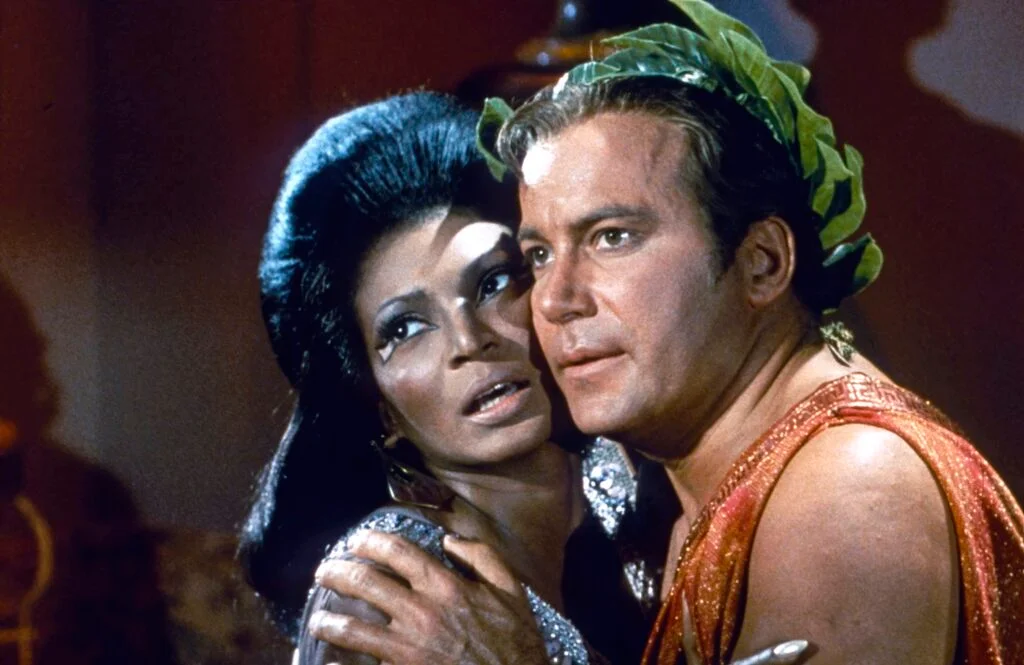
Star Trek, created by Gene Roddenberry, is often remembered for boldly going where no TV show had gone before, especially in its portrayal of race and diversity. It presented a utopian future where people of all races, creeds, and backgrounds worked together for a common goal. This was groundbreaking, considering the times in which it aired, and many episodes featured allegories about social justice and civil rights.
The show tackled sensitive issues such as war, prejudice, and the human condition through the lens of futuristic adventures in space. Characters like Uhura, a Black woman in a prominent position of power, were revolutionary for television at the time. Despite its initial struggle with viewership, Star Trek eventually gained a cult following and influenced generations of fans and creators.
3. The Smothers Brothers Comedy Hour
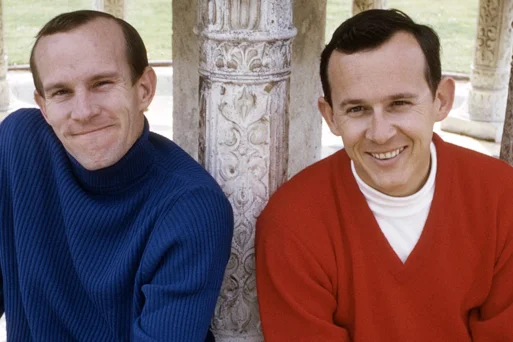
The Smothers Brothers were pioneers of irreverent comedy, using their variety show to challenge political and social norms. The show featured sharp satire that took on the Vietnam War, civil rights, and the counterculture movement, topics rarely tackled in mainstream TV.
Their open criticism of the establishment and the U.S. government led to several conflicts with network executives, particularly when they aired segments mocking politicians and authority figures. The brothers didn’t shy away from pushing boundaries, using humor to make bold political statements that shocked both viewers and those in power.
4. All in the Family
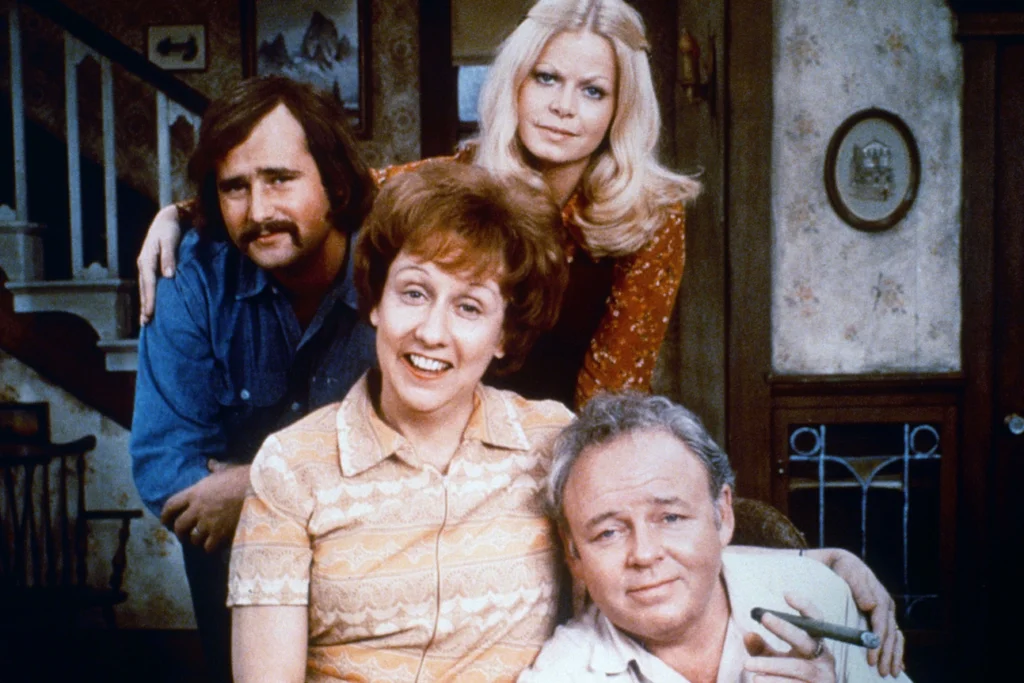
When All in the Family debuted in 1971, it was unlike anything that had come before it. Centered around the irascible Archie Bunker, the show took on issues like racism, sexism, and class struggles, making viewers uncomfortable yet fascinated. Its unflinching portrayal of controversial topics like bigotry and family dynamics broke the mold for traditional sitcoms.
What really set it apart was its unapologetic style and willingness to tackle sensitive subjects head-on. The show also portrayed working-class life in a way that was raw and real, rather than sanitized for mainstream audiences. This made it not only bold but revolutionary in how it changed the landscape of television sitcoms.
5. The Beverly Hillbillies
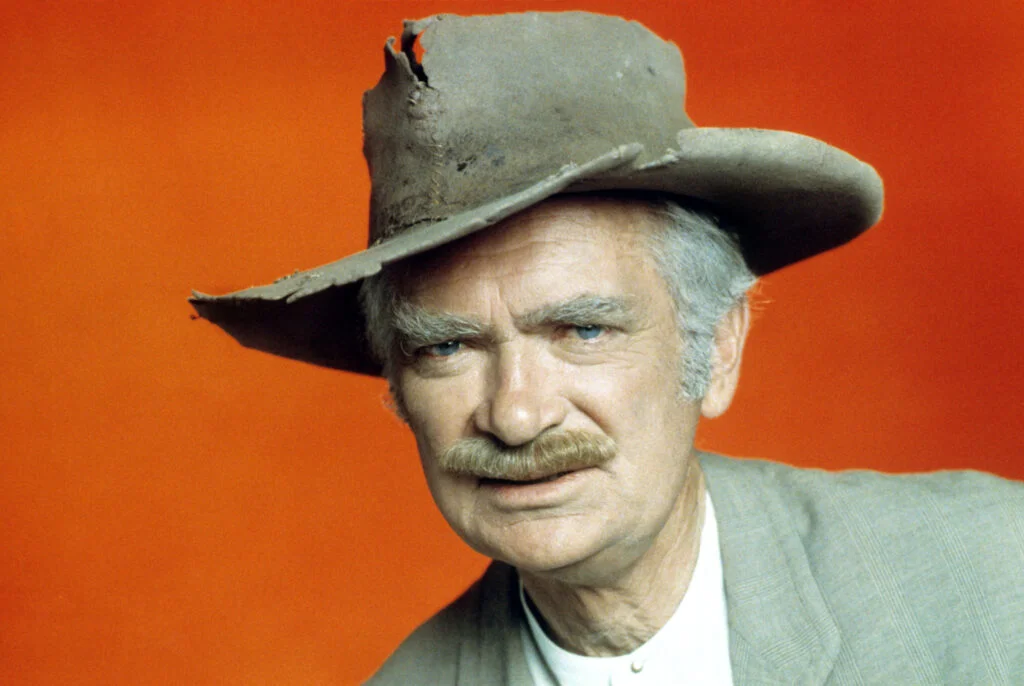
On the surface, The Beverly Hillbillies was a lighthearted comedy about a backwoods family striking it rich. But beneath the surface, it subtly challenged the American class system. The show highlighted the contrast between rural and urban lifestyles, offering social commentary on the perceived superiority of city folk over country bumpkins.
The way the show explored the clash between traditional values and the pursuit of wealth surprised viewers, offering humor while also questioning the American dream. Its sharp portrayal of wealthy elites and their superficial attitudes toward the Clampetts was both funny and thought-provoking, proving that even a slapstick sitcom could have deeper cultural significance.
6. The Prisoner
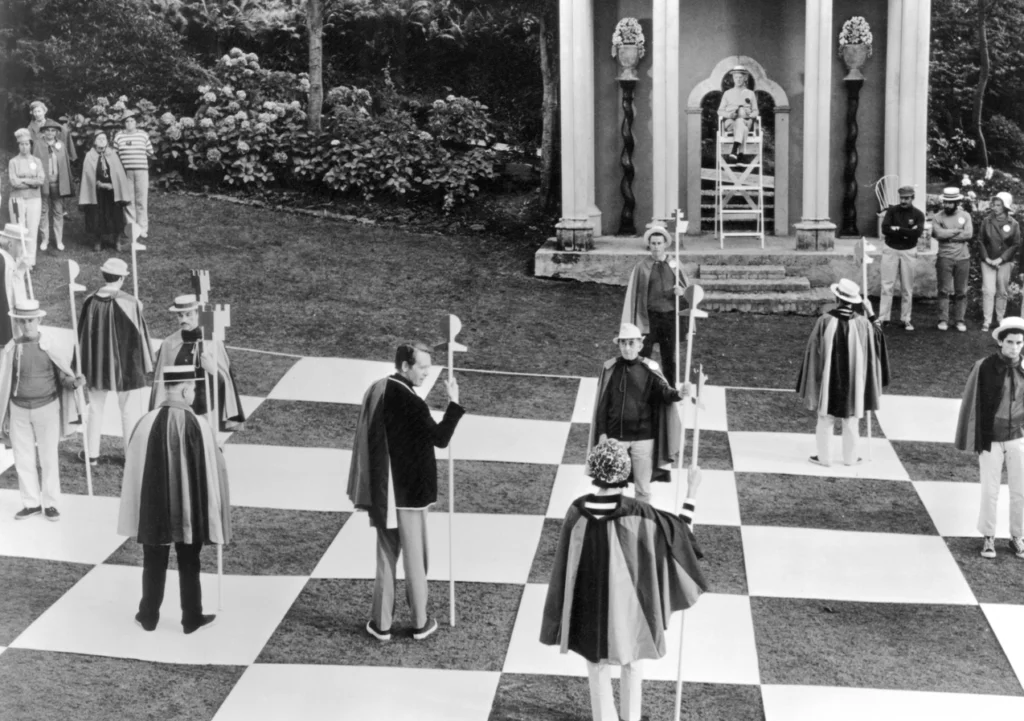
The Prisoner was a psychological spy series that broke the mold of traditional British TV with its complex narratives and existential themes. The show followed Number Six, a man who is trapped in a mysterious coastal village, where he is repeatedly interrogated by his unseen captors. The series delved into themes of personal freedom, control, and identity, all set against a backdrop of strange and surreal events.
At the time, The Prisoner was far too avant-garde for mainstream audiences, with its dreamlike sequences and philosophical overtones. Its blending of dystopian ideas with a mystery format was shocking, particularly in how it questioned authority and personal autonomy. Viewers were left to decode its layers of symbolism and metaphors, which pushed the boundaries of what was considered acceptable for TV storytelling.
7. The Munsters
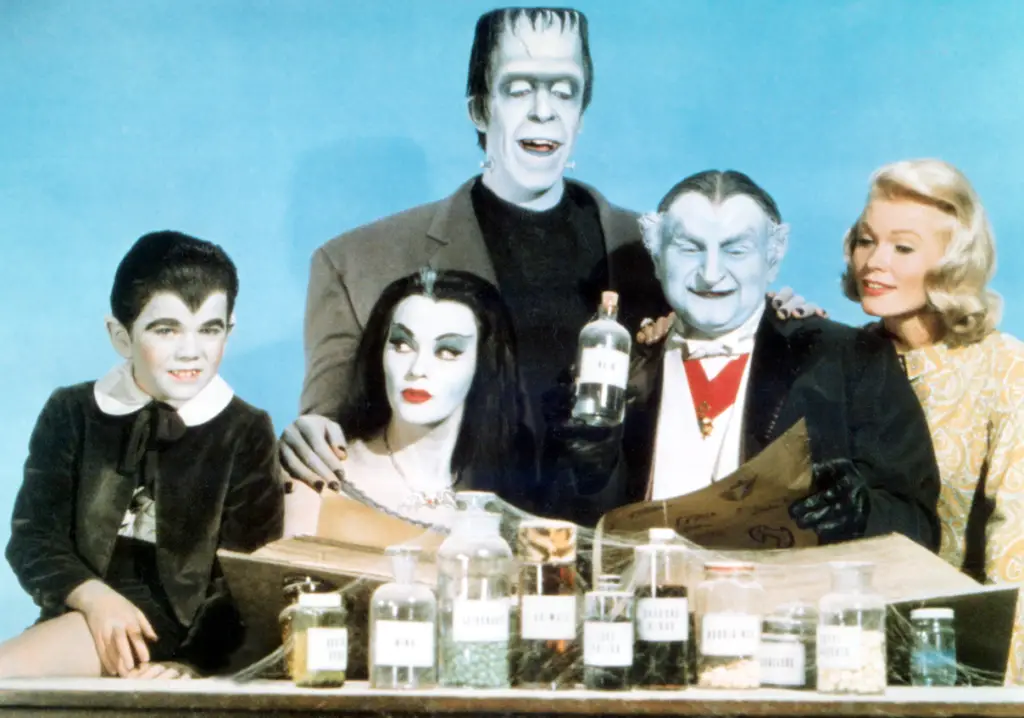
The Munsters was a quirky sitcom that took the familiar format of a family show and flipped it on its head. The family at the center of the show was a bizarre mix of Frankenstein-esque monsters, vampires, and werewolves, yet they were depicted as loving, normal people. In a time when families on TV were idealized, The Munsters boldly presented a dysfunctional family with a very different kind of “normal.”
While it was full of slapstick comedy, the show used its eccentric characters to comment on societal standards of beauty and normality. The Munsters were both outcasts and loved by their community, offering an ironic twist on how society treats those who don’t fit traditional molds. It was a surprising take on family dynamics that made people laugh while also challenging their notions of what family should look like.
8. Bewitched
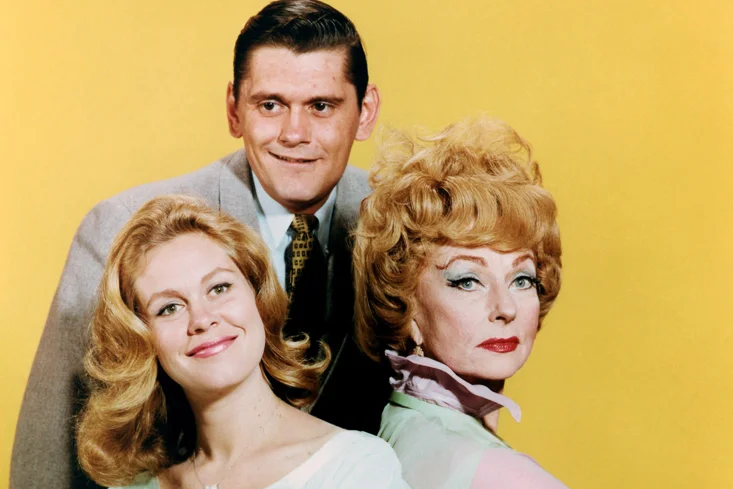
Bewitched was a fantasy sitcom that used its magical premise to explore gender roles and the expectations of women in the 1960s. Samantha, a witch who marries a mortal man, constantly juggled her magical abilities and traditional homemaker role, raising questions about the roles women were expected to play. The show not only made viewers laugh but also subtly critiqued the limits placed on women during this period.
The character of Samantha was a powerful woman who had to keep her true identity hidden, which mirrored the way society expected women to conform to certain behaviors and expectations. The show’s ability to balance humor with a message about women’s liberation made it shocking and revolutionary for its time.
9. The Addams Family
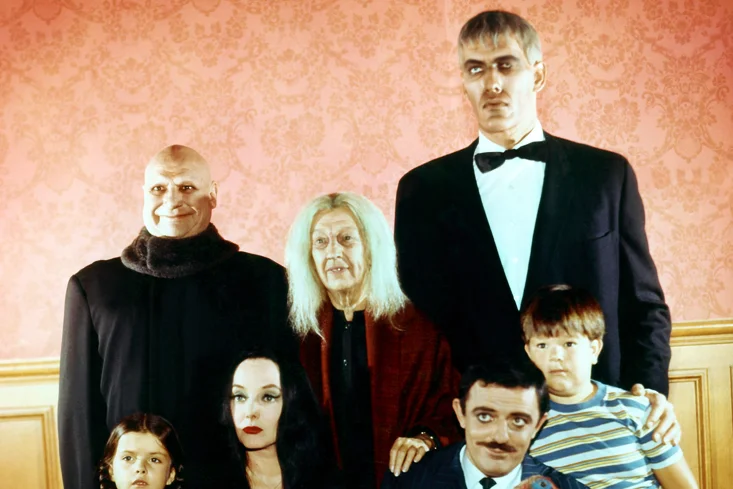
The eerie and kooky Addams family brought a dark yet humorous twist to the traditional family sitcom. Their macabre habits and love for all things spooky were in stark contrast to the wholesome, clean-cut families usually depicted on TV. This made The Addams Family stand out as a bold, refreshing change that both entertained and slightly unsettled viewers.
While other shows were still focusing on family-friendly stories, The Addams Family reveled in the strange and unusual, celebrating the weirdness of the family dynamic. It was a fun, satirical look at the idea of what constitutes a “normal” family, encouraging viewers to embrace the unconventional and find beauty in the bizarre.
10. The Flying Nun
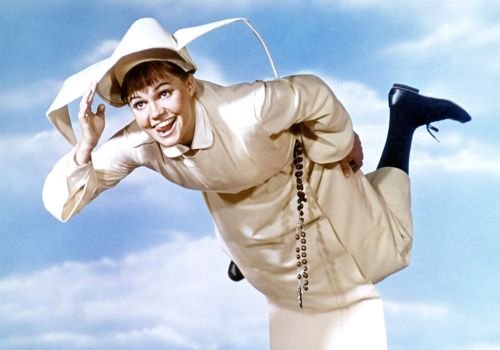
The Flying Nun was an unconventional sitcom that pushed the boundaries of religious representation on television. Starring Sally Field as Sister Bertrille, a nun who could fly due to her lightweight habit, the show mixed faith with slapstick comedy in a way that was both bold and unexpected. It was a lighthearted take on the life of a nun, but it also raised eyebrows with its premise.
The show blended religious themes with whimsical humor, challenging the more serious portrayals of religious life that were common on TV. Sister Bertrille’s ability to fly wasn’t just a quirky superpower—it was also a metaphor for personal freedom, and the show used this to explore the idea of defying expectations. It was a unique twist on faith-based programming that surprised and delighted viewers.
11. The Man from U.N.C.L.E.
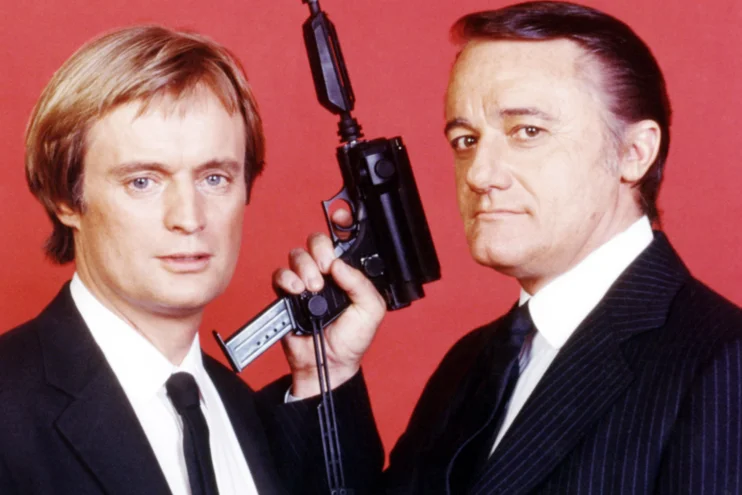
The Man from U.N.C.L.E. was a spy series that blended action, espionage, and pop culture, making it a bold departure from other shows of its time. The show followed two suave secret agents, Napoleon Solo and Illya Kuryakin, as they battled villains from the mysterious criminal organization THRUSH. What made it unique was the way it combined serious spy drama with lighthearted charm and witty banter, giving it a flair that appealed to a wide range of viewers.
Beyond the action and suspense, the show introduced a stylish look and a cool, modern sensibility that made it an instant hit. It also featured groundbreaking casting choices, as it made room for a diversity of characters and backgrounds, especially in the portrayal of the Russian Kuryakin as a leading man. With its suave heroes and thrilling plots, The Man from U.N.C.L.E. pushed the boundaries of what audiences expected from spy series, paving the way for future shows in the genre.
12. The Outer Limits
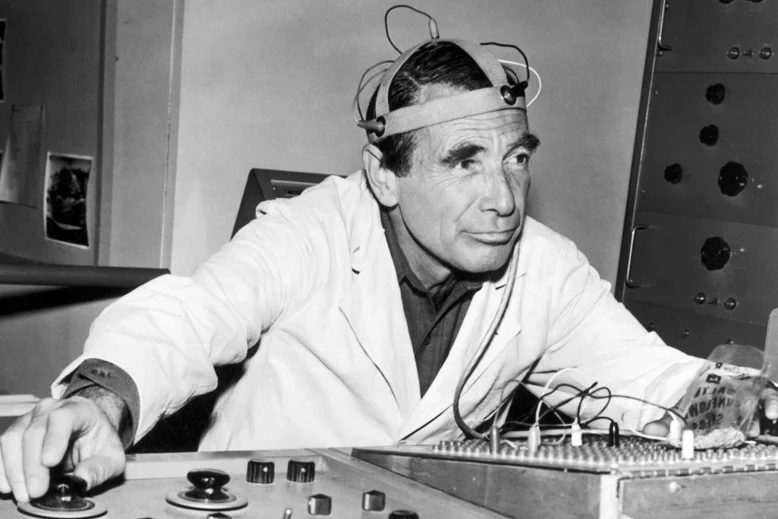
The Outer Limits was a science fiction anthology series that explored humanity’s relationship with technology, alien encounters, and the unknown. Its tagline “There is nothing wrong with your television set. Do not attempt to adjust the picture” was a chilling introduction to the mind-bending episodes that followed. The show shocked viewers with its eerie, atmospheric tension and often terrifying storylines.
In the early ’60s, The Outer Limits dared to explore deep psychological fears, creating a dark, immersive experience that left audiences thinking long after the credits rolled. Much like The Twilight Zone, it used its genre to comment on society, offering both a thrilling escape and a critical lens on contemporary issues.
13. The Monkees
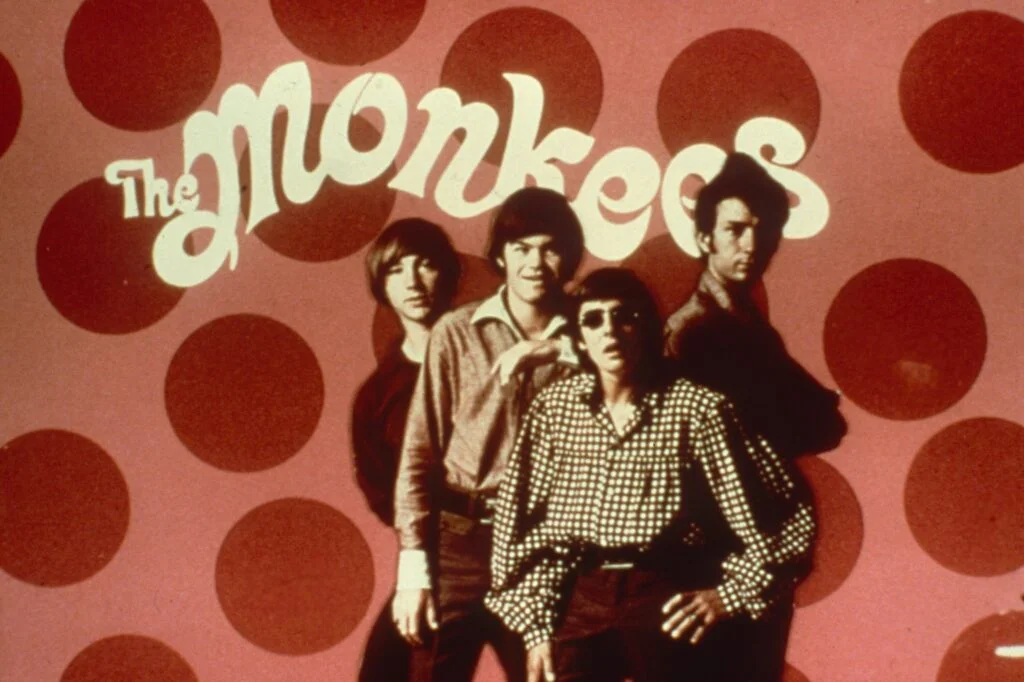
The Monkees was a zany, offbeat sitcom that followed the misadventures of a fictional pop band. While its premise seemed simple enough, the show often featured surreal, absurdist humor that pushed the boundaries of what was expected from a family-friendly comedy. The show often used playful, avant-garde techniques like dream sequences and psychedelic visuals that shocked viewers.
The Monkees were a manufactured band, and the show frequently poked fun at the entertainment industry itself. The series also included social commentary and introduced audiences to a more experimental style of television production, paving the way for other shows that would challenge conventional storytelling.
14. The Girl from U.N.C.L.E.
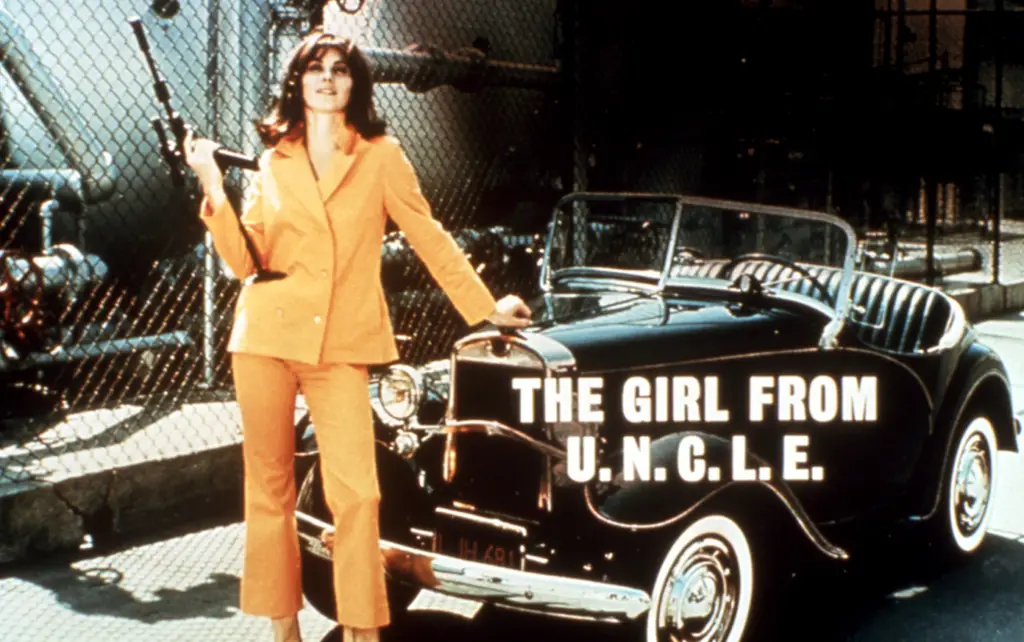
The spy series The Girl from U.N.C.L.E. was a spin-off from the more famous The Man from U.N.C.L.E. and featured a female lead who was as capable as her male counterparts. This was a bold move at the time, especially in an era when women were rarely seen as action heroes.
The show’s heroine, April Dancer, was a skilled secret agent, and the series offered a refreshing change from the typical roles women played on TV. It was a fun, adventurous romp that blended espionage with comedy, pushing the boundaries of gender representation on television in the ’60s.
15. Gomer Pyle, U.S.M.C.
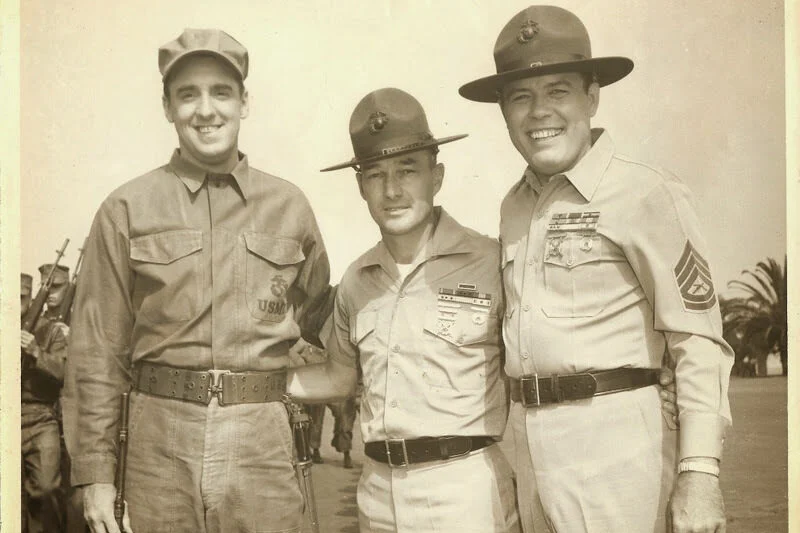
Gomer Pyle, U.S.M.C. was a military sitcom that broke the mold by mixing slapstick humor with a deeper critique of authority and military life. The show’s protagonist, Gomer Pyle, was an innocent and naïve country boy who joins the U.S. Marines, much to the dismay of his tough drill sergeant.
While it was often played for laughs, the show also subtly explored the absurdities of military culture and the challenges faced by those who were expected to conform to a rigid system. Its lighthearted portrayal of military life resonated with viewers, who found both the humor and underlying social commentary bold and thought-provoking.
16. My Favorite Martian
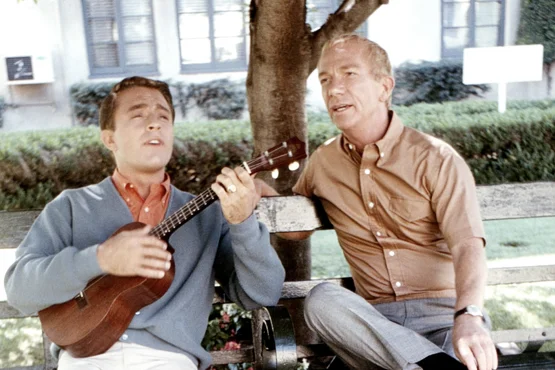
My Favorite Martian was a sci-fi sitcom that focused on an alien, played by Ray Walston, who crash-lands on Earth and ends up living with a human reporter. The show mixed science fiction with slapstick comedy, presenting a situation that was strange but humorous. The very concept of an alien blending into human society was out of the ordinary for its time, making the show both bold and inventive.
The relationship between the alien and his human friend was full of comic misunderstandings, and it often poked fun at the norms of society. My Favorite Martian introduced an oddball take on the genre that broke from traditional sitcom formulas, offering both laughter and social insight.
17. The Wild Wild West
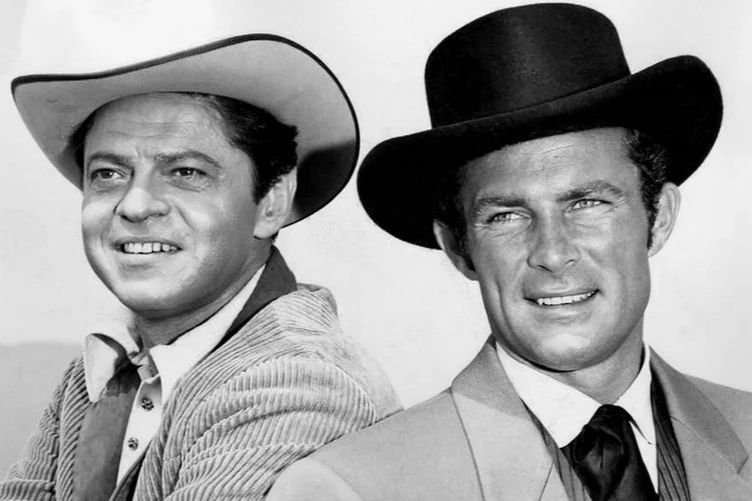
The Wild Wild West was a groundbreaking Western that fused traditional cowboys and gunslingers with steampunk, espionage, and science fiction elements. Set in the Old West, it featured two federal agents, played by Robert Conrad and Ross Martin, who encountered strange gadgets, secret agents, and bizarre villains on their mission to protect the president.
This combination of genres was unexpected for TV at the time, which typically featured more straightforward Western dramas. The Wild Wild West was a bold show that challenged the boundaries of its genre, blending adventure with a healthy dose of futuristic technology and espionage, shocking viewers with its innovation.
18. I Dream of Jeannie
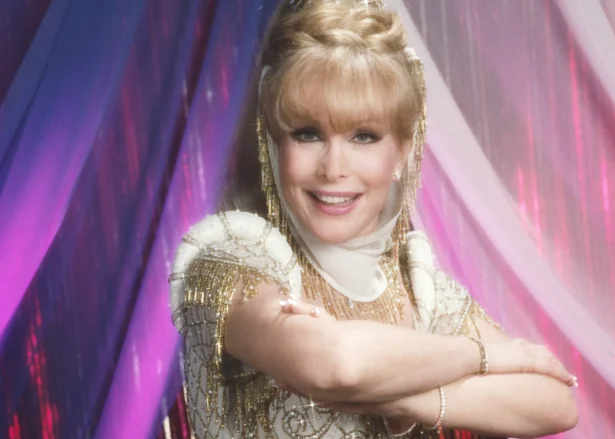
I Dream of Jeannie introduced a beautiful, all-powerful genie who falls in love with an astronaut, making it a unique mix of romance, fantasy, and comedy. Jeannie, played by Barbara Eden, was a magical character who often used her powers to try to help her lover, Captain Nelson.
Her supernatural abilities and the absurd situations they caused shocked viewers used to more conventional female characters on TV. Jeannie was strong, clever, and independent, which made her a departure from traditional portrayals of women at the time. Her character was both playful and a little rebellious, challenging societal norms while providing plenty of laughs.


